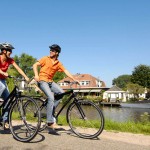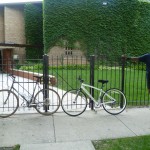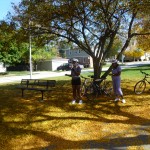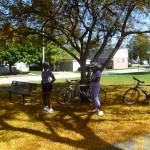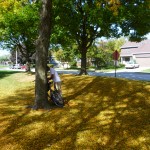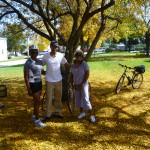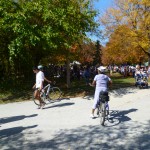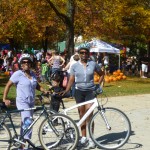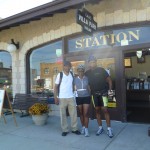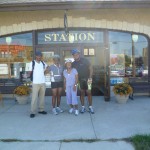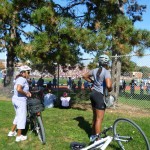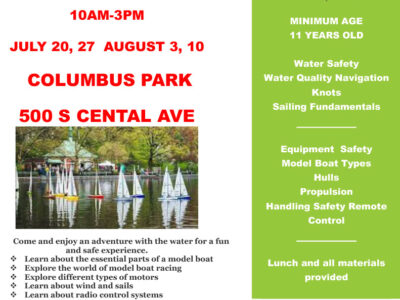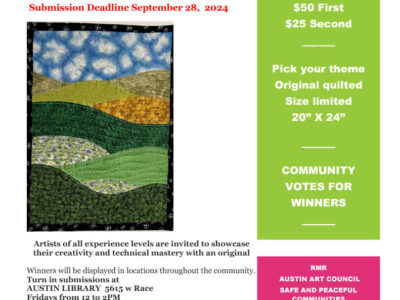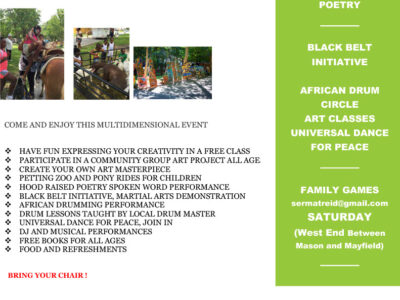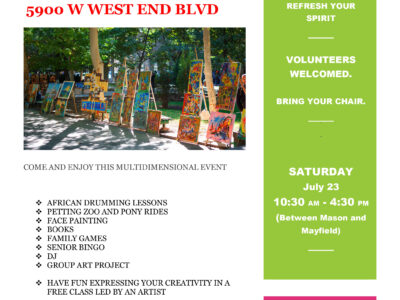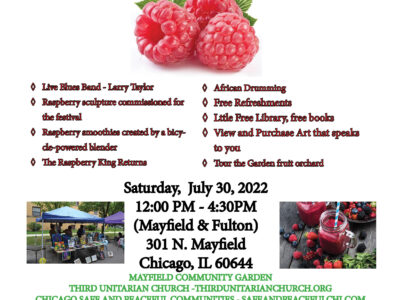SEASON STARTS IN JUNE!!!
Please join the Central Austin Neighborhood Association (CANA) for weekly family oriented bicycle rides through Chicago and Oak Park.
PLEASE NOTE TIME CHANGE!
We meet every Wednesday evening at 6:00 PM and Saturday morning at 10:00 AM for a short ride with families and friends. The rides are open to anyone.
Let’s make healthy activities a part of our lifestyle!
Where: Rides start at 301 N. Mayfield
When: Every Wednesday at 6:00 PM and Saturday at 10:00 AM
Any questions, please call Ron @ 708 308 8985
If you need help with bike maintenance or air for tires, please let us know.
Also Bicycle Safety is an important part of how we roll!
Click here for a Special Safety Message from Emily and Mia who found this link on the importance of wearing helmets during their youth center project on safety, conducted by Rachel Martin. Enjoy the pizza prize and keep up the great work! Stay safe!
- CANA Bike Rides Need You
See safety info from www.BicycleSafe.com below:
__
Avoid busy streets.One of the biggest mistakes that people make when they start biking is to take the exact same routes they used when they were driving. It’s usually better to take different streets with fewer and slower cars. Sure, cyclists have a right to the road, but that’s a small consolation when you’re dead. Consider how far you can take this strategy: If you learn your routes well, you’ll find that in many cities you can travel through neighborhoods to get to most places, only crossing the busiest streets rather than traveling on them. Light up.Too obvious? Well, if it’s so obvious, then why do most night-time cyclists ride without lights? Bike shops have rear red blinkies for $15 or less. Headlights are just as important as rear lights. Look for the new kind with LED’s since they last ten times as long on a set of batteries as old-style lights.
Take the whole lane when appropriate.It’s often safer to take the whole lane, or at least ride a little bit to the left, rather than hug the right curb. Here’s why:
You might worry about slowing down the traffic behind you if you take the lane. But if you’re on the kind of street where you’ve got cars blocked up behind you or constantly changing lanes to get around you, you’re probably on the wrong street and should find a quieter neighborhood street. Taking the lane works especially well in most traffic circles. The traffic generally moves slower so it’s easy to keep up, riding in the lane makes you more visible to motorists, and taking the lane prevents motorists from right hooking you as they exit the circle. It’s perfectly legal for you to take the lane when appropriate. Texas State Law (and the laws of most other states) says you have to ride as far to the right as is “practicable”. Here are some things that make it impracticable to ride to the extreme right:
There are risks to both riding to the extreme right as well as taking the lane. Whether you ride to the right or take the lane depends on the conditions of the roadway you’re on. On wide roadways with few intersections/driveways, right further right. On narrow roads with lots of intersections, ride farther to the left. It’s not always better to take the lane or to hug the curb; it depends on the roadway you’re on. |
Signal your turns.You’re less likely to get hit when your movement doesn’t take motorists by surprise. Let them know you’re about to turn or move left or right by signalling with your arm. Point your left arm out to move left, and point your right arm out to move right. (You might have learned an old way of signaling a right turn with your left arm, but drivers have no idea what that means, so it’s useless. Signal a right turn with your right arm.) Before signaling left, be sure to check your mirror or loo behind you before signaling (since a car passing too closely can take your arm out). Re-think music players and mobile phones.It’s more important to hear what’s around you when you’re biking than when you’re driving. Whether you want to ride with headphones is your choice, but doing so does increase your risk. Similarly, texting or talking with a mobile phone raises the risk level. When you’re mixing with car traffic, the fewer distractions the better. Also, you’ll want both hands free in case you have to brake suddenly. Ride as if you were invisible.It’s often helpful to ride in such a way that motorists won’t hit you even if they don’t see you. You’re not trying to be invisible, you’re trying to make it irrelevant whether cars see you or not. If you ride in such a way that a car has to see you to take action to avoid hitting you (e.g., by their slowing down or changing lanes), then that means they will definitely hit you if they don’t see you. But if you stay out of their way, then you won’t get hit even if they didn’t notice you were there. On very fast roads cars have less time to see you because they’re approaching so fast. Of course, you should avoid fast roads in the first place if at all possible, unless there’s plenty of room for a car and a bike side by side. And if there IS such room, then on fast roadways, you can practice invisibility by riding to the extreme right. If you’re far enough right that you’re not in the part of the lane the cars are in, then they’ll zoom by and won’t hit you, even if they never saw you. Here’s another example: It’s a good idea to signal a left turn, but it’s a better idea to make your left turn at a time or place where there aren’t cars behind you that could hit you while you’re stopped and waiting to make that turn. You can hang out in the middle of the street, stopped, with your left arm out, waiting to make your turn, but you’re counting on cars behind you to see you and stop. If they don’t see you, you’re in trouble. Naturally we don’t advocate running red lights, but if you’re the kind of person who does, then apply the invisibility principle when deciding on whether to run a particular light: Could any cross traffic possibly hit me if I were invisible? If yes, then absolutely don’t do it. Never make a car have to slow down to avoid hitting you (red light or not). Remember, the more you rely on cars to see you to avoid hitting you, the more chances they’ll have to actually do so. Remember, you’re not trying to BE invisible, you’re just riding with the assumption that cars can’t see you. Of course, you certainly want them to see you, and you should help them with that. That’s why you’ll wave to motorists whom you think might be about to pull out in front of you, and why you’ll be lit up like a Christmas tree at night (front and rear lights). Remember that in many cases you’ll need to take the lane, in which case you’re counting on motorists to see you. |
|


